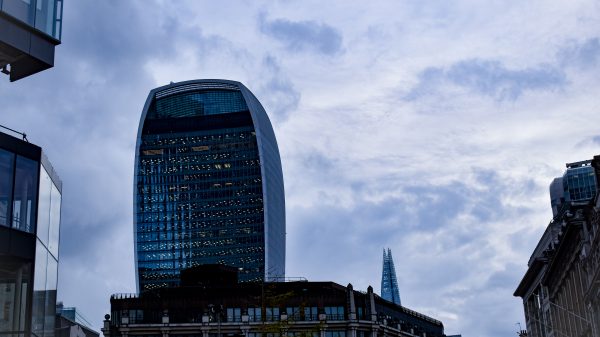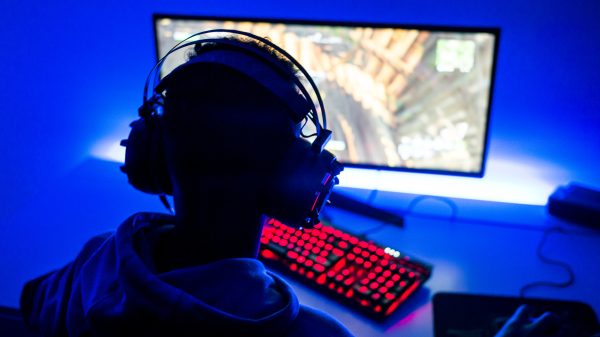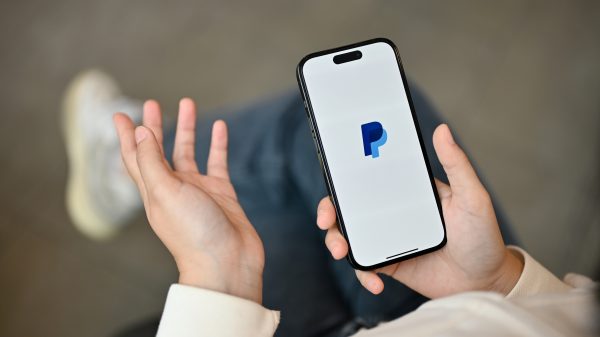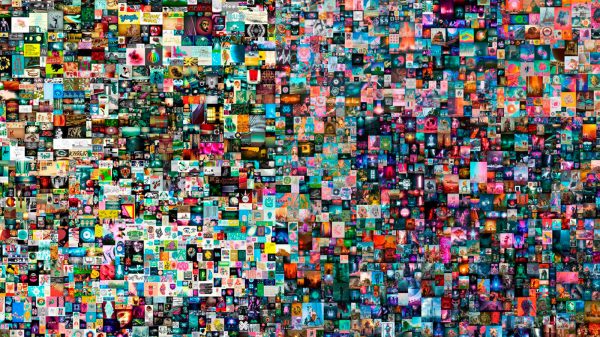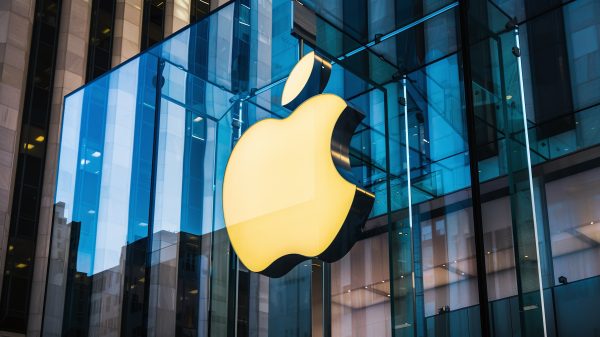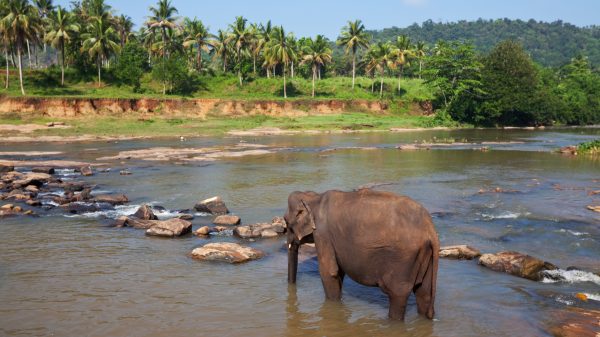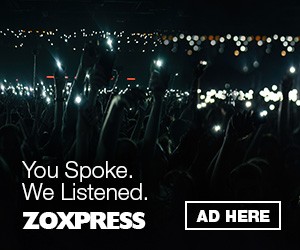The creation of video with artificial intelligence has just taken an unprecedented leap. OpenAI has launched Sora 2, a significant evolution of its video generation model, promising to revolutionize sectors such as marketing, training, and content creation.
With improvements in audio, physical realism, synchronization, and even the ability to insert yourself inside a video, Sora 2 positions itself as the world’s most advanced tool for generating video from text. But how does this system actually work, and what can professionals expect from it?
How OpenAI’s model works
Sora is a multimodal video generation model, capable of producing clips of up to 20 seconds in high resolution from natural language instructions, images, or even previous videos. Its architecture combines diffusion models and transformers, operating in a latent spatio-temporal space that enables accurate simulation of elements such as physical movement, depth, and narrative coherence, according to the model’s official documentation.
One of the key breakthroughs of Sora 2 is its ability to handle temporal coherence—ensuring that elements in the video remain consistent across all frames. The system interprets the text not as a one-off command but as a narrative intention, dividing the scene into spatio-temporal fragments that are processed in a coordinated way. This allows continuity in dynamic scenes or those involving multiple moving subjects.
The model also incorporates a layer of physical environment understanding: it realistically simulates actions such as a ball bouncing, a drone flying, or ocean waves rolling in. This sets it apart from earlier models that generated visually appealing but unrealistic videos. Depth, perspective, and scale have also been optimized, enabling objects to be integrated into 3D environments without distortion.
Among its most notable updates is the ability to generate fully synchronized audio with the image: sound effects, music, and voices are seamlessly embedded into each clip. A cameo feature has also been introduced, allowing the image and voice of a real person to be inserted—opening up new possibilities for personalized and testimonial content.
Practical applications for businesses and creators
Sora 2’s capabilities can be leveraged across multiple industries:
-
Training and e-learning
Training modules can be transformed into animated, accessible, and dynamic videos, similar to what corporate tools like Google Vids are already enabling. With Sora 2, educators can convert scripts into clips that explain processes, visualize abstract concepts, or simulate workplace environments without filming. -
Marketing without filming
Content teams can generate ads, reels, or product demos without cameras or editing—mirroring cases like Vidext, which has automated creative workflows at scale. A fashion brand can stage a virtual runway for new designs, or a restaurant can showcase freshly imagined dishes before cooking them in real life. -
Personalization at scale
By integrating real human avatars, testimonial or promotional content can directly feature clients, employees, or spokespersons through a simple application. An insurance company, for example, could generate hundreds of videos where local representatives explain customized benefits for each region or demographic group. -
Remixing existing assets
Sora makes it possible to reuse images, clips, or previous ideas to create new videos tailored to different campaigns or audiences—supporting multichannel strategies. The same base content can be adapted for Instagram, YouTube, or outdoor advertising in record time. -
Visual prototyping
Agencies and creative teams can present visual concepts in minutes, test ideas with clients, or generate alternatives for internal validation before investing in production. This cuts pre-production costs, accelerates decision-making, and democratizes creativity. -
Automated storytelling for social media
Content creators can turn ideas into narrative videos without actors or cameras—crucial in a context where video dominates attention and platforms prioritize personalized, fast-turnaround visual content.
Risks and limitations
Despite being a milestone, Sora 2 is not free of risks. In complex scenes, errors such as distortions, spatial glitches, or incoherent narratives can still appear. Content is restricted by safety filters, limiting use in sensitive contexts. The model may still struggle with certain physical relationships or lose consistency in complex multi-subject interactions.
The cameo feature, while verified, raises challenges around digital identity and content manipulation. These advancements add to growing concerns over how AI impacts our critical perception of reality.
The potential for misuse—manipulation, impersonation, or the creation of fake news—rises sharply if models like this are deployed without oversight. While OpenAI enforces restrictions, much depends on the developer ecosystem and how end users employ the technology.
Additionally, full details about the model’s training and inner workings remain opaque, as noted in the technical summary.
What the audiovisual future looks like
Sora 2 is more than just a technological breakthrough: it marks the beginning of a new stage in audiovisual creation. AI-generated content is no longer experimental but a practical tool capable of replacing part of traditional creative work. Brands that adopt it will be able to scale content faster, with more personalization and efficiency than ever.
We are at an inflection point: what once required a full production team can now be done with a clear idea, a prompt, and a tool like Sora 2. The shift is no longer imminent—it’s already happening.


